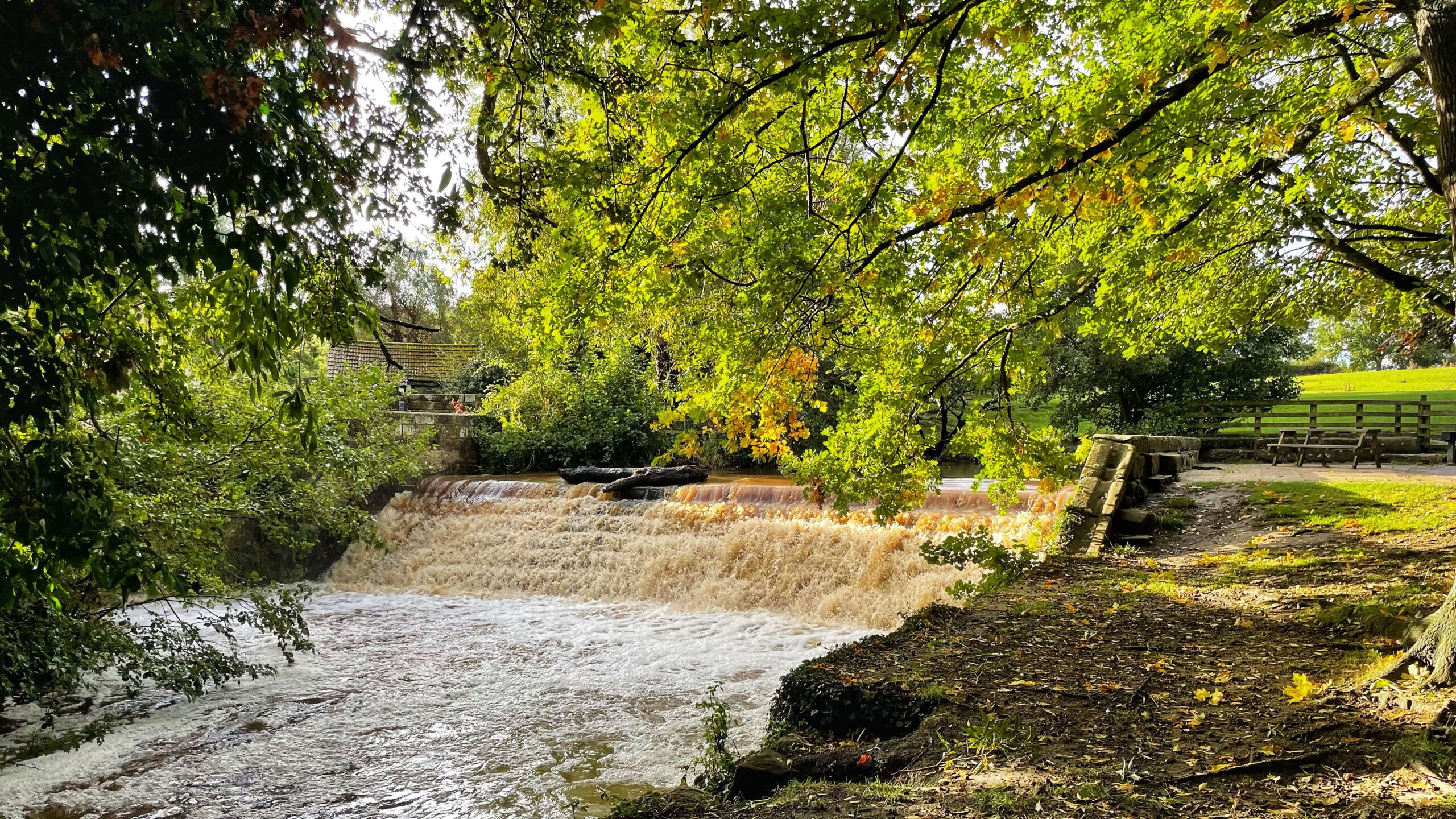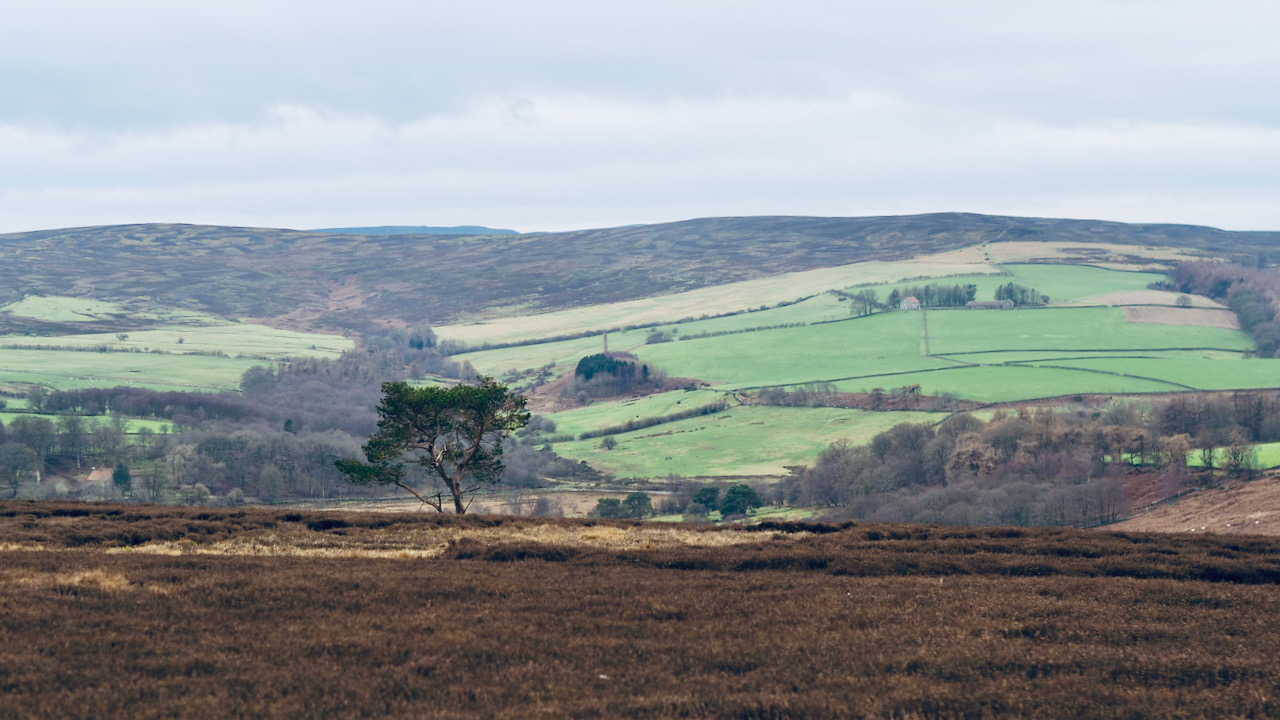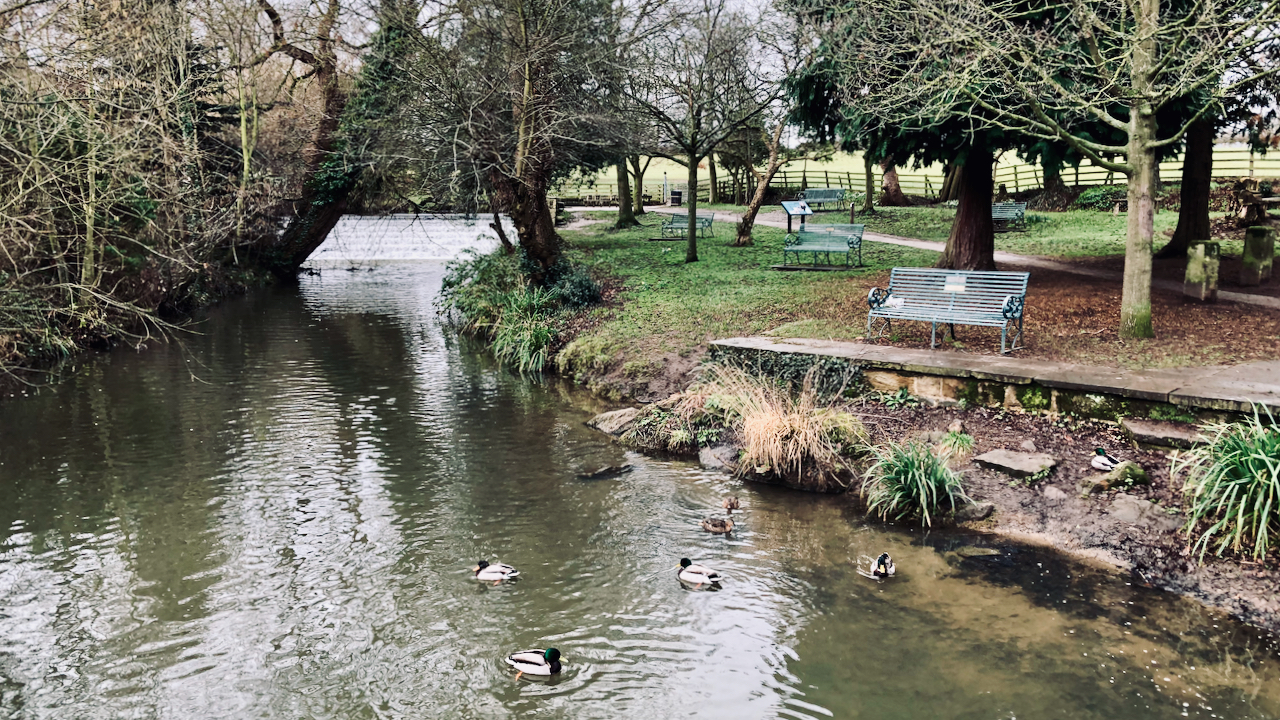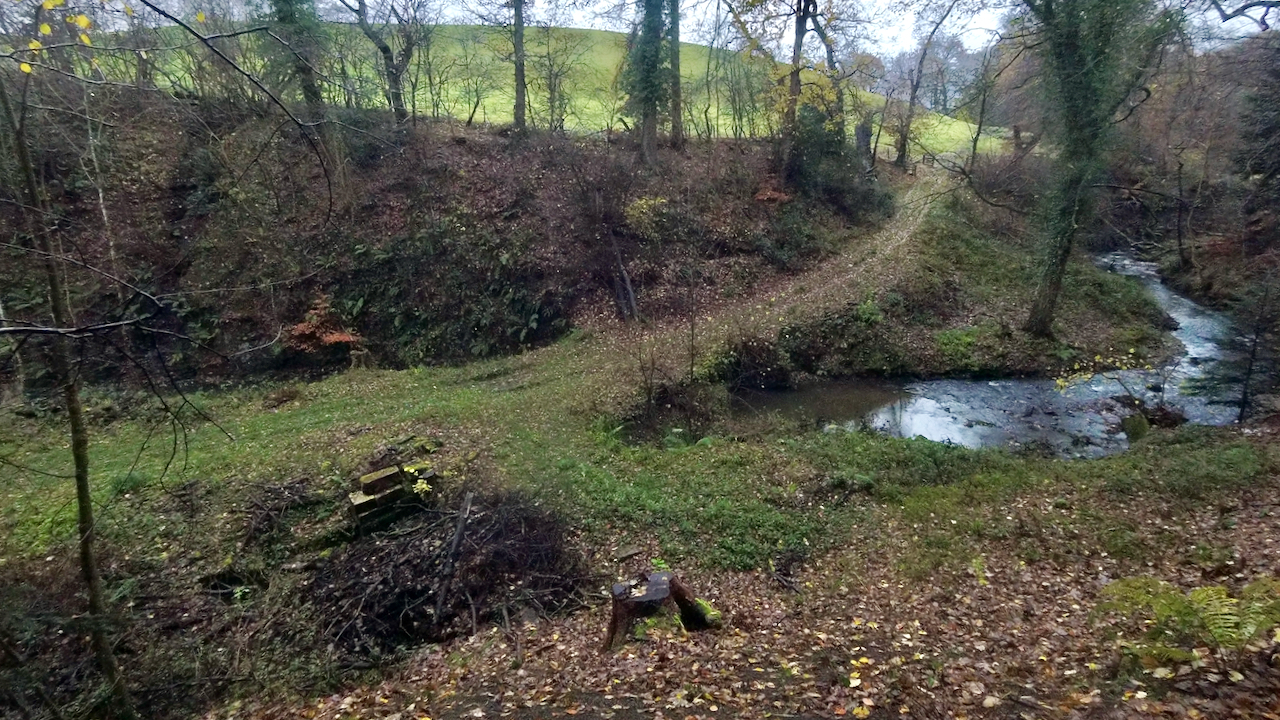Category: River Leven
-

Floods, Mills and a Sunday Flush
A flood warning late last night prompted me to wander down the village this morning and along the river. The so-called “waterfall” was in full spate, though hardly dramatic enough to warrant excitement. It is not a waterfall at all, of course, but a weir built in 1840 thanks to local benefactor Thomas Richardson. Its…
-

Leven Vale and its Wayward River
The 1856 Ordnance Survey 6-inch map labels this ruin as a sheepfold. I remain unconvinced. It looks too small, for a start. But what would I know. This view looks down into Leven Vale, where the River Leven begins its oddly ambitious journey. It starts here in the upper reaches flowing east, then pulls off…
-

Lent—A Season of Daffodils, Fasting, and Fuzzy Maths
Another year, another excuse to photograph some daffodils—sorry, Lenten Lilies, as they are so charmingly called in Yorkshire. Whether these particular specimens on the bank of the River Leven in Great Ayton are the pure, wild, English variety is highly doubtful, but that won’t be such a tragedy. Now, in case anyone was unaware, this…
-

Walking on Water: What Happens When Public Paths Are Washed Away?
This photo has been on the cards for a while now. It’s one for posterity. The river, as rivers do, is steadily eating away at the bank. Sooner or later—perhaps next year, perhaps in ten— that electricity transmission pole will keel over, and Holmes Bridge, if it is still standing, will connect to an island…
-

Great Ayton’s Flood Defences Save the Day
Last night’s Storm Darragh was excuse enough for a stroll along the River Leven. Something vaguely dramatic might have happened. The flood defence scheme had indeed sprung into action, with the old hockey pitch of the former Friends’ School now masquerading as a water meadow. Amusingly, before the school turned it into playing fields, it…
-

The Little Egret of Great Ayton
This morning, I set out with some faint notion of a nature photograph for today’s post. Nothing specific, but as fate would have it, on crossing the bridge over to Waterfall Park, I spotted Great Ayton’s resident Little Egret. Yes, “resident,” as though this bird has become some fixture of local society. There it stood—in…
-

A riverbank in bloom
A peaceful riverside scene with bright pink flowers might look nice, but there’s more to the story. These pretty flowers are actually hiding a problem. The flowers are called Himalayan Balsam, a plant originally brought to Britain from another part of the world for Victorian gardens. However, it quickly spread outside gardens and now grows…
-

Source of the Leven
A rarely seen view of the upper reaches of the River Leven, that tributary of the Tees, before it begins its winding journey through the lowlands south of Middlesbrough. Beginning high on Warren Moor at the edge of Cleveland Hills, this river is unique as the only one north of the Humber that flows westward…
-

River Leven
A paddling of ducks in Ayton can be seen swimming leisurely on the River Leven, located downstream of a weir, which is referred to locally as the waterfall. Despite the serene ambiance, there are several concerns about the condition of the river. Agricultural lands located upstream contribute to high levels of nitrates and sediment runoff.…
-

One of the opportunities of winter is the reduction in tree cover
The woodland floor becomes airy and light. New vistas are opened up. Climbing up the steep path from the River Leven through Bleach Mill Intake my interest was piqued by a stack of dressed stones in the defile below. Although I don’t think the stones are in their original position they are evidence of the…